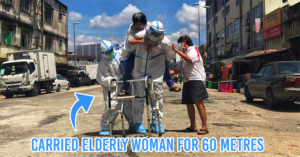Easy science experiments for kids
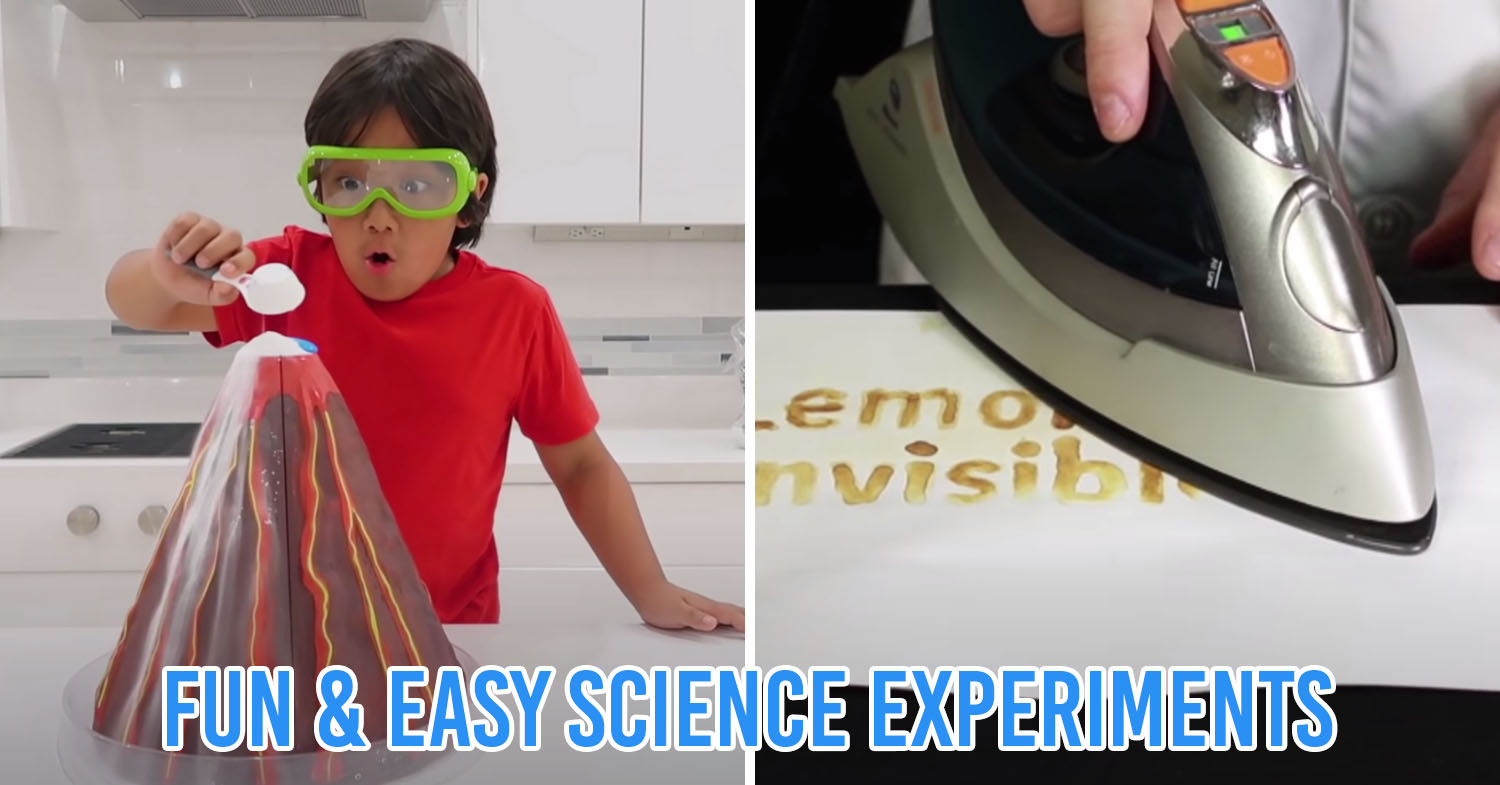
Easy kids science experiments
Image adapted from: Ryan’s World & BeardedScienceGuy
With the Movement Control Order (MCO) extended till June, many parents are probably already running out of ideas on what they can do to entertain their kids at home. If you are one of them, here are some fun and easy kids’ science experiments to do at home.
These are not only entertaining, but they can be enjoyed by the whole family too. Best of all, most of the materials required can easily be found at your supermarket.
1. Make an erupting volcano
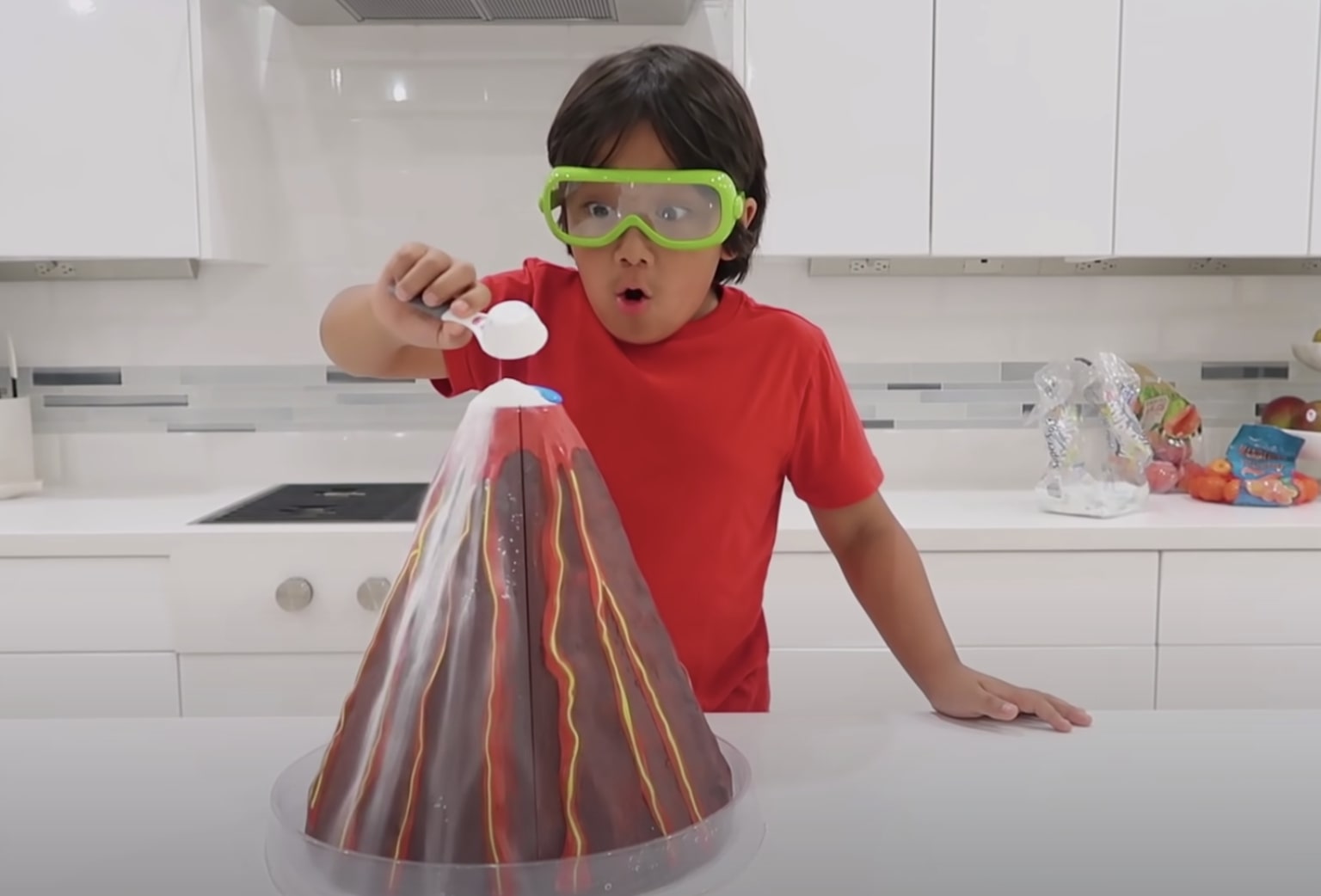
Image adapted from: Ryan’s World
This classic experiment was a favourite amongst students during sekolah rendah. The teachers would challenge their students to build their own volcanoes out of plasticine, then combine vinegar and baking soda in it. These 2 ingredients react to create carbon dioxide, which causes the volcano to “erupt”.
Materials:
- Plasticine
- 1 bottle
- 1 tablespoon of baking soda
- 4 drops of red food colouring
- 100ml of cold water
- 10ml of liquid soap
- 1 cup of vinegar
Instructions:
- Mould the plasticine into a volcano-like shape, with a hole in the centre that’s big enough to hold the bottle later on.
- Combine the baking soda, food colouring, cold water and soap in the bottle and mix thoroughly. Slot the bottle into the volcano.
- Carefully add the vinegar into the bottle and watch the volcano erupt.
This experiment is adapted from sciencefun.org, and you can use other food colourings to create your own unique lava.
2. Make your own slime
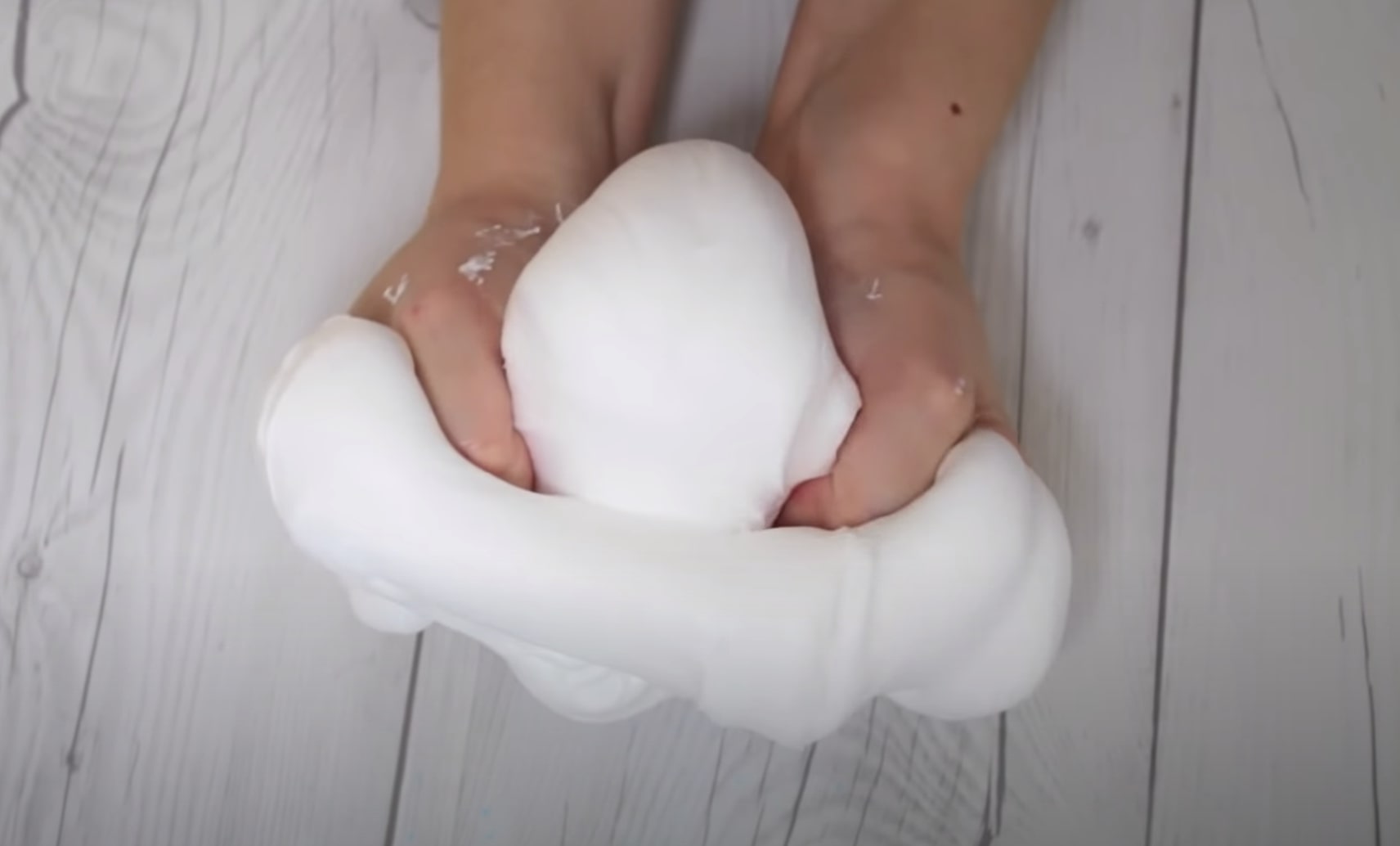
Image adapted from: Courtney Lundquist
There is just something about squashing a ball of slime that calms us down, much like squeezing a stress ball. And you can make your own at home with a few easy-to-find materials. You can even customise the colour to your liking.
Materials:
- 2 (118ml) bottles of school glue
- 1 to 2 drops liquid food colouring (any colour)
- 1/4 cup glitter
- 1 teaspoon baking soda
- 2 to 3 tablespoons contact lens solution
Instructions:
- Pour the glue into a medium bowl and stir in the food colouring and glitter.
- Add the baking soda to the mixture and stir until smooth.
- Stir in 2 tablespoons of the contact lens solution. The mixture should start binding. Continue mixing slowly until a ball of slime forms.
- Pick up the slime and knead until it’s smooth.
Note: If the slime doesn’t feel rubbery enough, add in another 1/2 tablespoon of contact lens solution.
This experiment is adapted from thekitchn.com.
3. DIY lava lamp
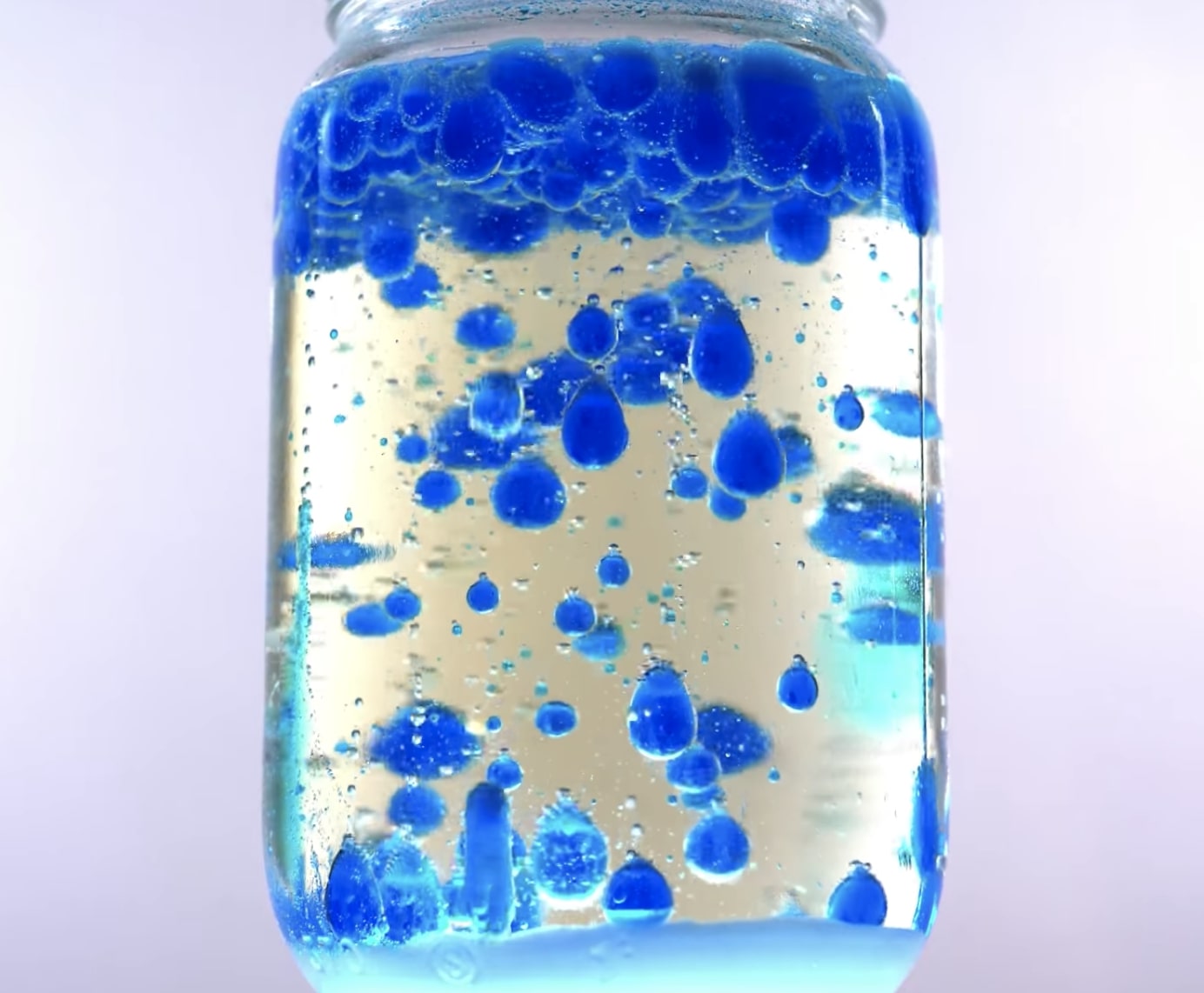
Image adapted from: YouLab
Lava lamps were such a hit in the 90’s and every kid in school wanted one in their bedrooms. Here’s how to customise your own with oil, water and panadol – yes, the medicine you take for headaches.
Materials:
- 1 empty jar
- Vegetable oil
- Water
- 10 drops of food colouring (any colour)
- 1 Panadol soluble or half a packet of Eno
Instructions:
- Fill half the jar with vegetable oil.
- Add water till your jar is almost full.
- Add the food colouring.
- Drop the Panadol soluble or Eno into the jar and watch your lava lamp come to life.
This experiment is adapted from Home Science Tools.
4. Tornado in a bottle
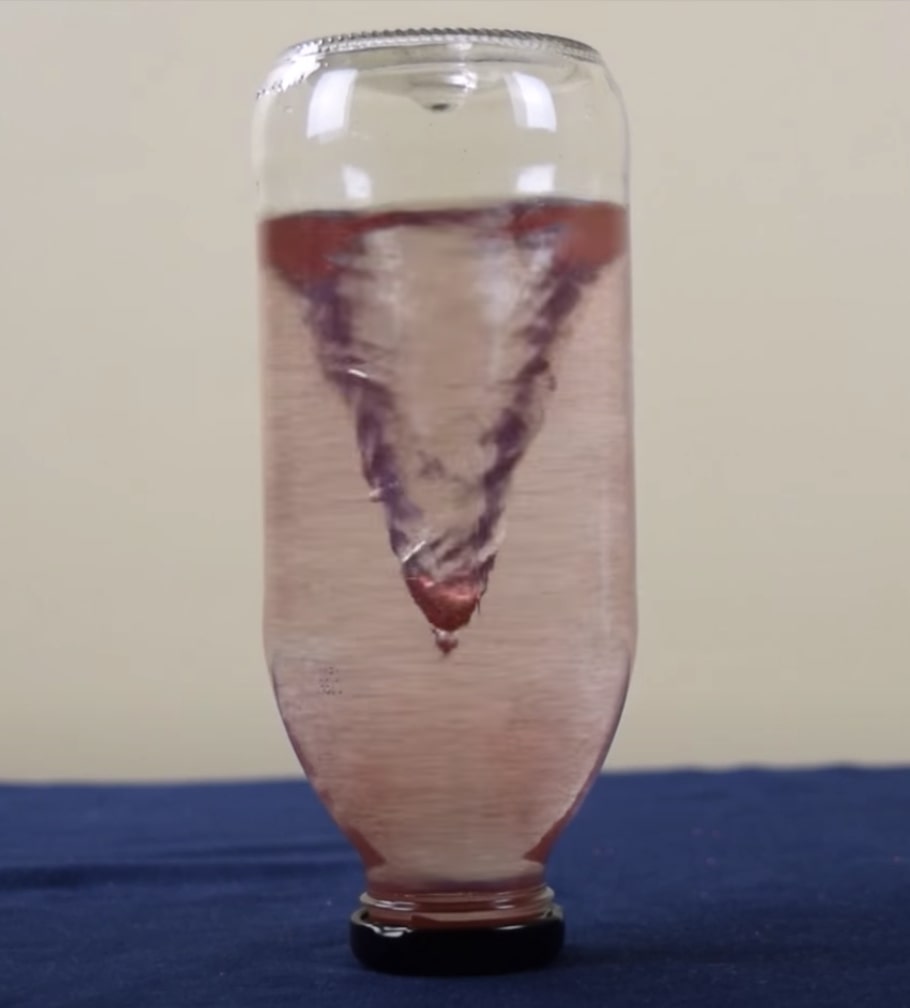
Image adapted from: Cool Science Experiments Headquarters
Using just 2 ingredients, you can create your own mini tornado in a bottle to show your kids what a tornado – which we are thankfully free from in Malaysia – looks like. The food colouring or glitter will make your “tornado” stand out more. Make this experiment fun by competing to see who can create the longest-lasting tornado.
Materials:
- A clear plastic bottle with a tight cap
- Water
- Glitter or food colouring
Instructions:
- Fill the plastic bottle with water to about three-quarters full.
- Sprinkle in some glitter or a few drops of food colouring.
- Screw the cap on tightly.
- Turn the bottle upside down and hold it by the neck. Quickly spin the bottle in a circular motion for a few seconds, stop and look inside to see if you can see a mini tornado forming in the water.
This experiment is adapted from sciencekidz.co.nz.
5. Pepper and water experiment
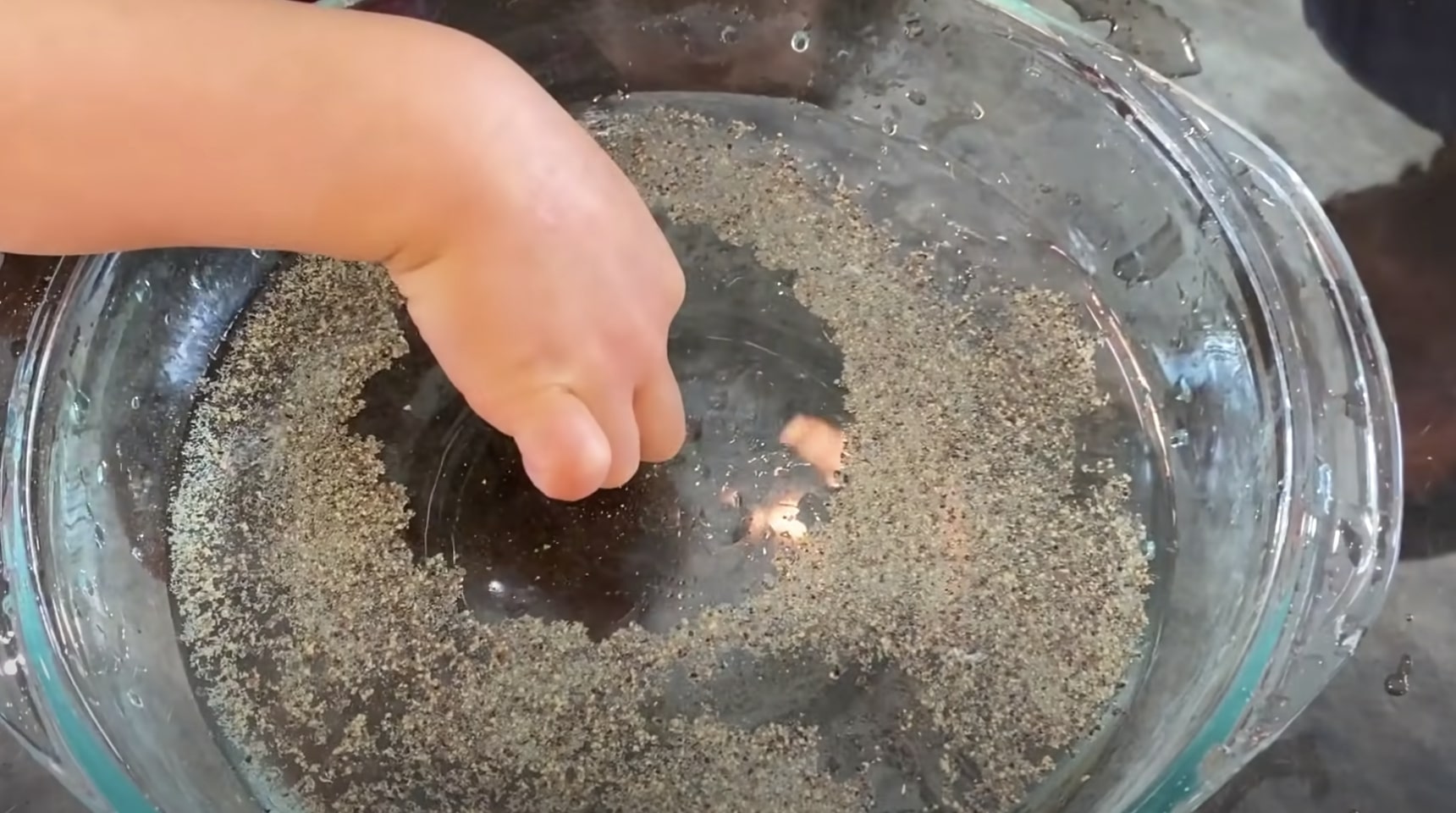
Image adapted from: Ryan’s World
It is more crucial now than ever to teach kids the importance of washing hands, with the COVID-19 virus still going around. With the help of this experiment that has been trending all over social media, you can show them just how imperative it is that they practice proper hygiene habits.
Materials:
- 3 tablespoons of pepper
- A bowl of water
- 4 drops of dish soap
Instructions:
- Add the pepper into the bowl of water.
- Stick a finger into the water and pepper mixture. Note how the pepper sticks to your finger.
- Dip a clean finger into the dish soap and then in the pepper and water suspension. Watch how the pepper moves away from the soap-coated finger to the side of the plate quickly.
Tell your kids that the pepper here represents bacteria or germs and that soap is able to repel them. In actual fact, soap affects the surface tension of the water, which is why the pepper will move away from the soap-coated finger.
6. Send secret messages
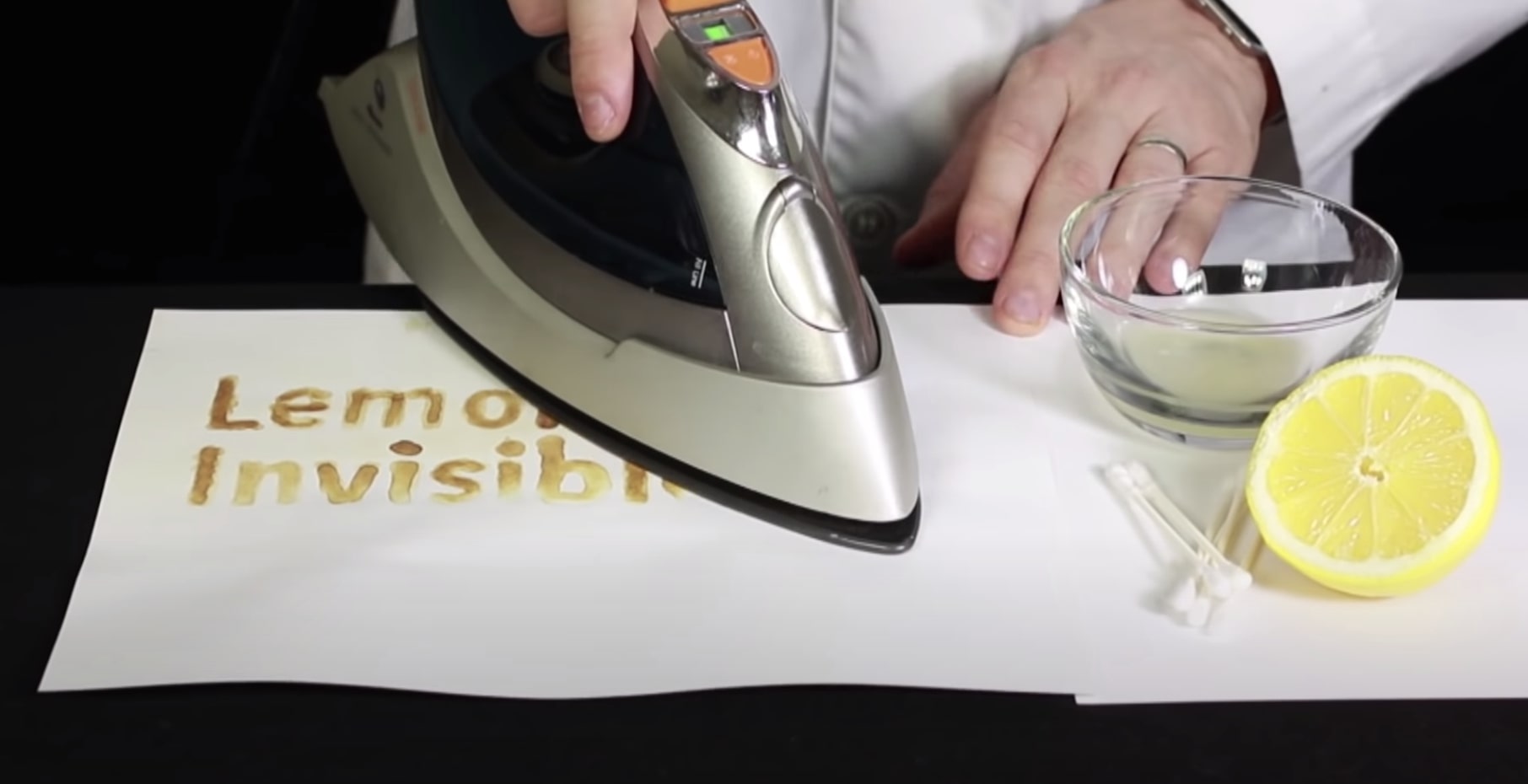
Image adapted from: BeardedScienceGuy
Use this experiment to write confidential messages to someone in your family. This secret operation will require constant adult supervision because a hot iron will be involved.
Materials:
- Juice from half a lemon or lime
- 3 tablespoons of water
- 1 cotton bud
- White paper
- Iron
Instructions:
- Mix the lemon/lime juice and water in a bowl.
- Dip the cotton bud into the mixture and write a message on the paper.
- Wait for the liquid to dry. It should become completely invisible.
- When you are ready to read your secret message or show it to someone else, carefully iron your paper and your message will slowly appear.
7. Have a taste test competition blindfolded, and with your nose pinched
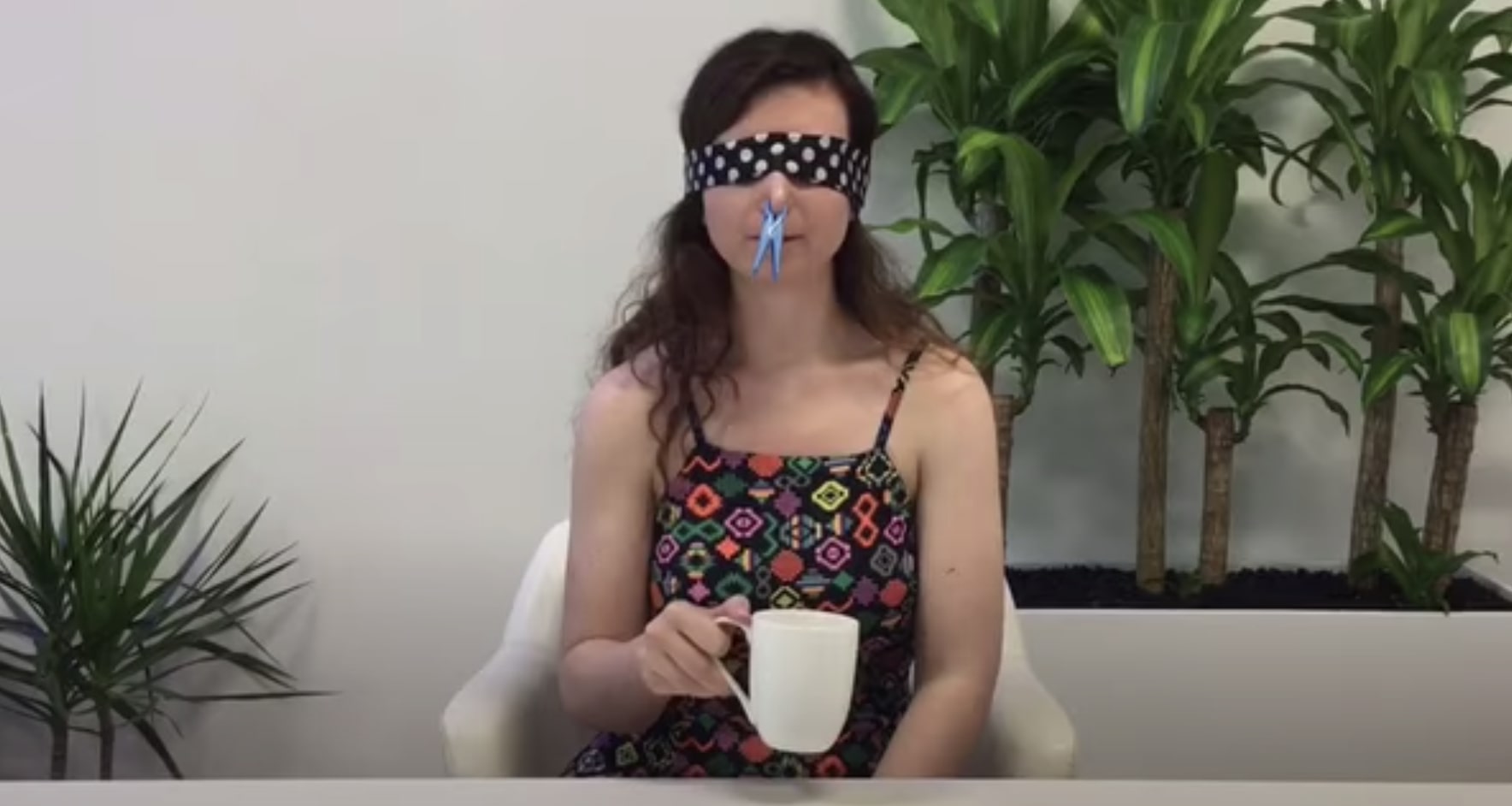
Image adapted from: Mamamia
It’s easy to differentiate food when you can see them. But without your sense of sight and smell – not so much. Teach your kids how their senses work together by doing a blind taste test with different types of food.
Materials:
- A blindfold
- Different fruits, cut into bite-sized cubes
Instructions:
- Put on the blindfold and shuffle up the cut fruits.
- Take turns to eat the fruit and guess what they are.
8. Create your own tune with musical glasses
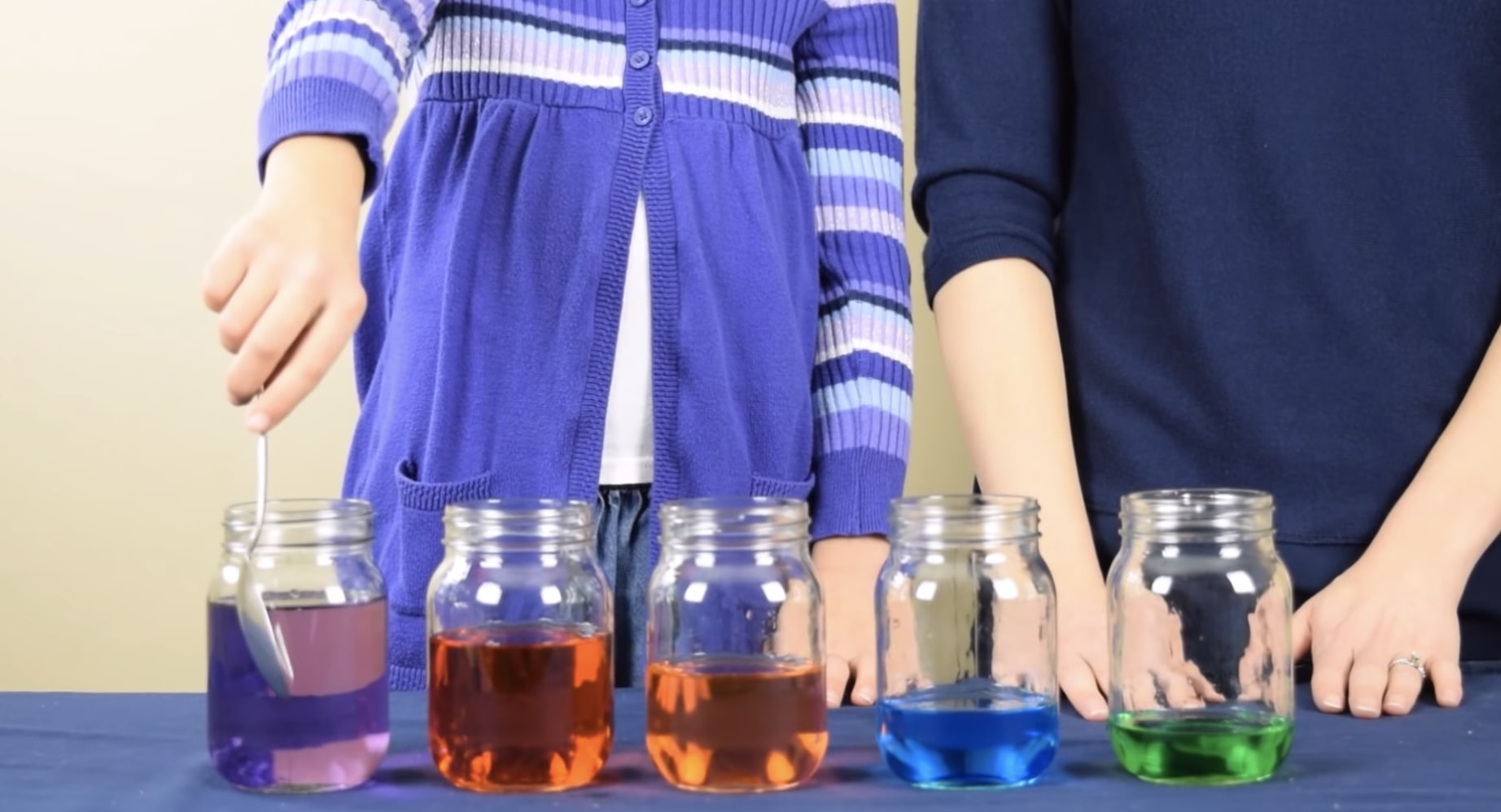
Image adapted from: Cool Science Experiments Headquarters
It is possible to create music without musical instruments. Using only jars of water, you can create different pitches or ringing sounds.
Materials:
- 5 glass jars or glasses
- Water
- 1 spoon
Instructions:
- Line the jars/glasses up and fill the first one with water up to a quarter full. The jar/glass next to it should be filled with a bit more water than the first one. Follow through until the last jar/glass is almost full.
- With the spoon, gently hit each jar/glass and observe the sounds formed.
- Try creating a simple tune with the sounds.
Fun and easy science experiments to keep the kids entertained
Show your kids that science can be fun and easy to put together. It’s also a great bonding experience, teaching your little ones the wonders of science. Best of all, these experiments can be done with kids of any age.
For more Malaysian news:

Drop us your email so you won't miss the latest news.
